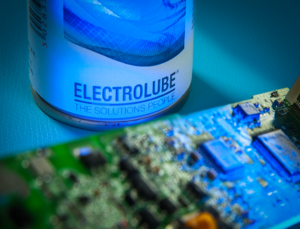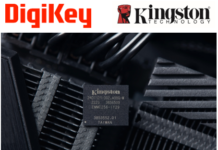
Electrolube’s thriving subsidiary in Bangalore, Electrolube India, is delighted to announce a recent approval from one of India’s leading Defence Electronics Manufacturers. The global electro-chemicals specialist has been officially added to a key customer’s approved vendor database for its MIL approved conformal coating, HPA, and conformal coating thinner, UAT.
Electrolube’s HPA (High Performance Acrylic) conformal coating is specifically designed to meet the challenging requirements of more demanding applications, such as those found in the defence and aerospace industries.
The high performance HPA coating is fast drying and flexible, while maintaining excellent characteristics in the harshest of environments. It has a transparent finish, which retains outstanding optical clarity, making it a good choice for LEDs operating in severe conditions and applications exposed to UV light. The coating offers a wide operating temperature from -55°C to +130°C, and is touch dry in 10-15 minutes.
The MIL approved HPA coating (MIL-1-46058C) also features a UV trace to aid inspection and can be sprayed, dipped or brushed. HPA is also resistant to mould growth and provides high adhesion to a variety of substrates. The coating can be easily removed with thinners such as Electrolube’s UAT (Universal Acrylic Conformal Coating Thinner). Additionally, Electrolube has also developed HPASP, which has been specifically formulated to provide a viscosity between 60-100mPa s for customers using selective coating and spray equipment. HPASP can improve production efficiency by eliminating the need to use thinners.
Electrolube’s UAT (Universal Acrylic Conformal Coating Thinner) is a high purity solvent blend designed for use with all Electrolube acrylic based coatings. The primary use of UAT is to dilute coatings for use in dip and spray coating applications however it can be used to clean coating equipment which has been used with Electrolube’s acrylic coatings.


















